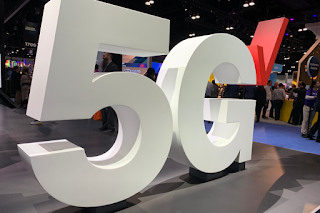Zayo confirmed that its transport network in Europe is fully 400G enabled.
Zayo’s 400G network allows businesses, data centres, carriers and hyperscalers to access high bandwidth, low latency connectivity throughout Europe with the most direct routing for multi-cloud and multi-market connectivity. The 400G enhancements also support global connectivity for Zayo customers outside of Europe, with Zayo’s North American network also scheduled to be fully 400G enabled by the end of 2024.
Zayo’s European network is built on five diverse subsea cables, three of which are owned and operated by Zayo, powering 2,500 on-net buildings, 125 core points of presence (PoPs) and 16 metro fibre markets.
Zayo said its network enhancement also provides a significant sustainability benefit for 400G-connected businesses. Independent research showcases that Ciena’s WaveLogic 5 Extreme, which underpins Zayo’s 400G network, drives a threefold increase in fibre capacity while reducing power per bit by 80% and physical space needed by 85% compared to the original WaveLogic generation.
Zayo is already looking towards the future, at the growth of 800G networks, having broken the world record for the longest 800G optical wave in a commercial network at 1,044.51km.
Yannick Leboyer, Managing Director, Europe at Zayo Group, says: “Our customers are increasingly taking advantage of bandwidth-intensive applications to keep up with the competition - from AI and IoT to advanced analytics - which require significantly higher bandwidth and low latency connectivity.
https://www.zayo.com/resources/global-network-capabilities/


















